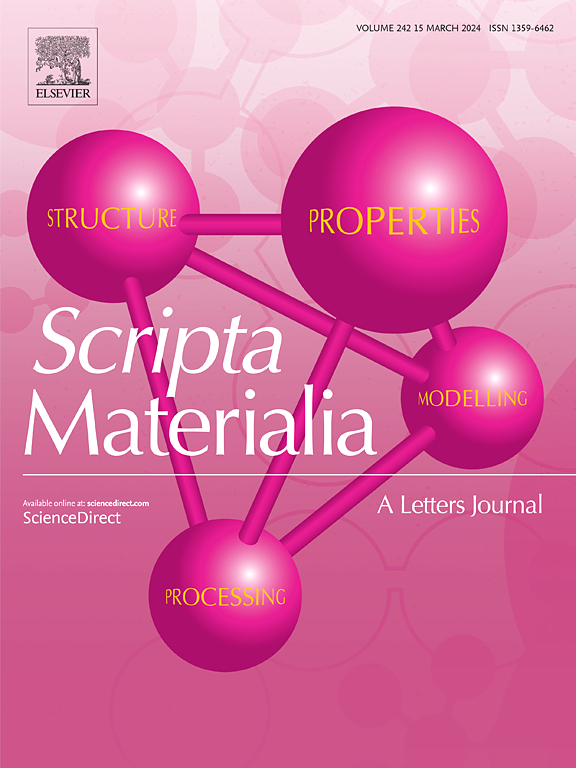Thermal conductivity measurement of U-Mo and U-Mo/Al interaction layers generated from in-pile irradiation using the suspended-bridge method
IF 5.6
2区 材料科学
Q2 MATERIALS SCIENCE, MULTIDISCIPLINARY
引用次数: 0
Abstract
This study presents the first measurements of the individual thermal conductivities of U-7 wt.%Mo fuel particles and U-Mo/Al interaction layers (ILs) from in-pile-irradiated dispersion fuel plates using the suspended-bridge method. Nanorods of U-7 wt.%Mo fuel and U-Mo/Al ILs were extracted by focused ion beam (FIB), and their microstructures were characterized with transmission electron microscopy (TEM). TEM revealed finely distributed nanobubbles in the U-7 wt.%Mo matrix, along with an amorphous structure in the ILs. The thermal conductivity of in-pile-irradiated U-7 wt.%Mo was approximately 30 % lower than that of the unirradiated material, ranging from 6.7 W/m·K at 300 K to 8.5 W/m·K at 380 K. The ILs exhibited even lower thermal conductivity, from 2.1 W/m·K at 300 K to 2.7 W/m·K at 380 K. These reductions, attributed to nanobubbles, fission products, and irradiation-induced point defects, were analyzed through a combination of microstructural characterization and literature-based transport models, which successfully reproduced the observed degradation trends.

用悬索桥法测量桩内辐照产生的U-Mo和U-Mo/Al相互作用层的导热系数
本研究首次采用悬桥法测量了堆内辐照弥散燃料板上的U-7 wt.%Mo燃料颗粒和U-Mo/Al相互作用层(ILs)的单独导热系数。用聚焦离子束(FIB)提取了铀-7 wt.%Mo燃料和铀-Mo/Al il的纳米棒,并用透射电镜(TEM)对其微观结构进行了表征。透射电镜显示,在U-7 wt.%Mo基体中有分布良好的纳米气泡,在il中有非晶结构。堆内辐照的U-7 wt.%Mo的导热系数比未辐照的材料低约30%,在300 K时为6.7 W/m·K,在380 K时为8.5 W/m·K。热导率更低,300 K时为2.1 W/m·K, 380 K时为2.7 W/m·K。通过结合微观结构表征和基于文献的输运模型,研究人员成功地再现了观察到的降解趋势,分析了纳米气泡、裂变产物和辐照诱导的点缺陷导致的这些还原。
本文章由计算机程序翻译,如有差异,请以英文原文为准。
求助全文
约1分钟内获得全文
求助全文
来源期刊

Scripta Materialia
工程技术-材料科学:综合
CiteScore
11.40
自引率
5.00%
发文量
581
审稿时长
34 days
期刊介绍:
Scripta Materialia is a LETTERS journal of Acta Materialia, providing a forum for the rapid publication of short communications on the relationship between the structure and the properties of inorganic materials. The emphasis is on originality rather than incremental research. Short reports on the development of materials with novel or substantially improved properties are also welcomed. Emphasis is on either the functional or mechanical behavior of metals, ceramics and semiconductors at all length scales.
 求助内容:
求助内容: 应助结果提醒方式:
应助结果提醒方式:


